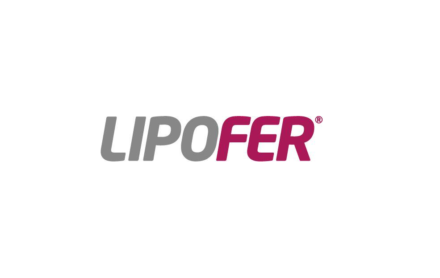Iron is an essential mineral for our body, as it intervenes in fundamental biological processes, such as the production of red blood cells (erythrocytes), the normal activity of the intestine and the liver and the strengthening of the immune system, which is very important to guarantee defense against infections (Cammack et al., Iron: Transport and Storage, CRC press, 1990).
A diet enriched in meat, fish and legumes allows, in normal physiological conditions, the correct balance between absorption, transport and storage of iron in the body. According to the RNV (Reference Nutritional Values) the daily iron requirement is different among men and women. Indeed, in the former the need is 10 mg / day, while for women it is 18 mg / day, as women are physiologically subject to higher iron demands and utilization in a number of stages of their life (fertile age, pregnancy, pre-stage menopause).
Noteworthy, even in people practicing sport, iron deficiency can be common as there is an increased loss due to phenomena of haemolysis, i.e. rupture of red blood cells (for example due to trauma and/or microtraumas) and to profuse sweating (in fact the sweat contains also iron). Furthermore, an unbalanced diet may not supply the iron requirement, and this in turn negatively affects the athlete’s performance with reduction of power, strength and aerobic endurance. Iron absorption varies greatly among individuals and it is influenced by the diet: indeed the combination of foods containing iron with foods enriched in ascorbic acid (vitamin C), citric acid and fructose can increase iron absorption. On the other hand, foods containing phytates, oxalates and phosphates (compounds present mainly in vegetables) may decrease the bioavailability of the mineral.
Iron supplementation is therefore necessary when the food intake of the element is reduced, when the body’s ability to absorb it decreases or when its losses increase.
There are currently many iron-based supplements on the market that may show side effects such as diarrhea, nausea, vomiting and abdominal pain. Furthermore, an excess of free iron in the intestinal lumen can potentially lead to proliferation of pathogenic bacteria in the gut at the expense of the intestinal microbiome, causing dysbiosis and increasing the risk of infections (Buret et al., J Biomed Sci, 2019; Parmanand et al., J Nutr Biochem, 2019).
In order to avoid these side effects, it is possible to exploit the properties of Lipofer®, microencapsulated and micronized liposomal iron, in which the latter is protected by a microcapsule of sunflower lecithin acting as a protective shell.
Various studies have shown that the microencapsulated form has the great advantage (compared to the supplementation with free ionic form of iron) of a high gastrointestinal absorption and a high bioavailability together with a reduced systemic toxicity (Visciano et al., Giornale Italiano di Nefrologia, 2013).
Thanks to the liposomal microencapsulation technology, the characteristic and typical metallic taste of iron is also eliminated and it is therefore possible to obtain a tablet with a pleasant taste. The microencapsulated iron does not come into contact with the gastrointestinal mucosa (and with possible pathogenic microorganisms), but is directly absorbed by the intestine. The liposomal shell prevents the premature degradation of iron and / or its inactivation before arrival in the intestine, thus facilitating complete absorption.
Some studies have shown that, thanks to liposomal technology, iron absorption is 3.5 times greater than free iron pyrophosphate, 2.7 times higher than iron sulfate and 4.1 times higher than iron gluconate. Furthermore, the plasma concentration of liposomal iron was found to be maximum after two hours of intake, which guarantees greater bioavailability of the element for all metabolic processes (Visciano et al., Giornale Italiano di Nefrologia, 2013).
+Watt Advice
Recommended use: take a chewable tablet of Ferro+ per day, food supplement based on Lipofer®, folic acid, vitamin B12 and vitamin C.

